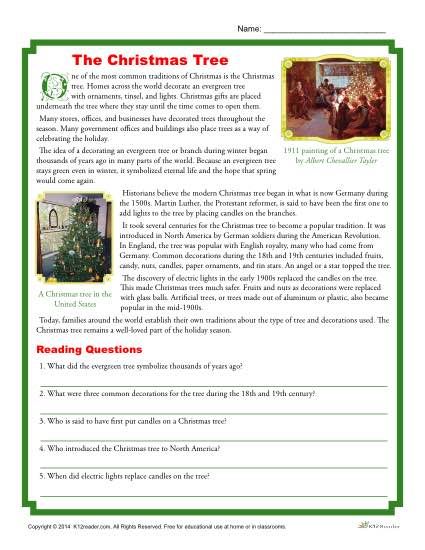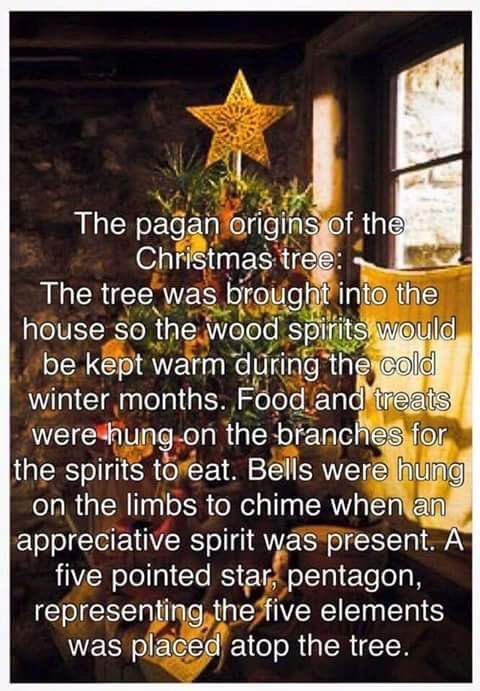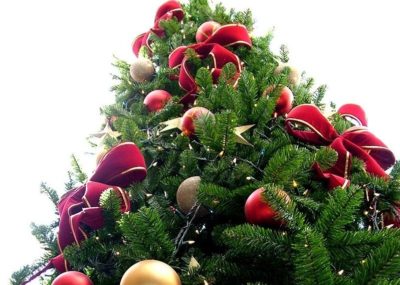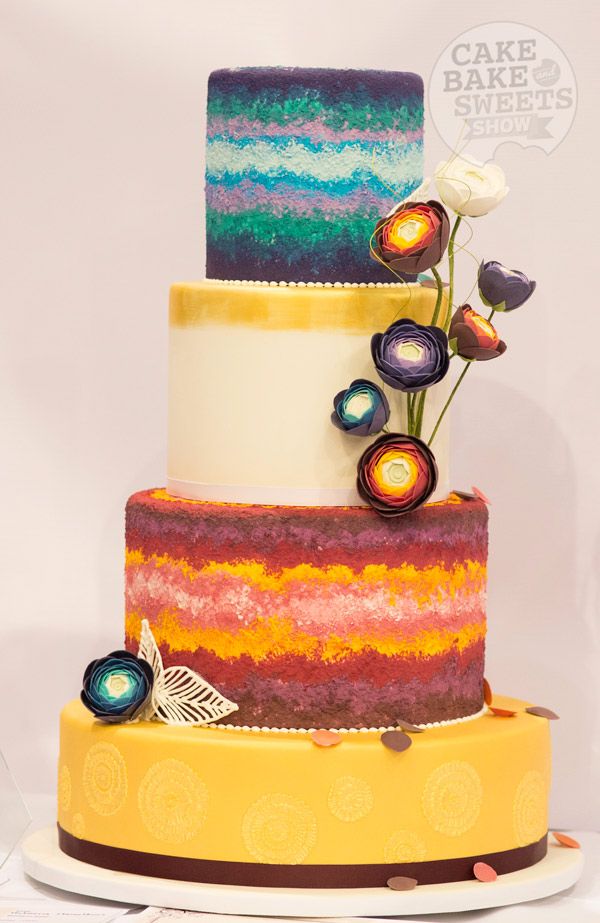Origins of Christmas Tree Decorating Revealed

Christmas trees, with their twinkling lights and decorative ornaments, are iconic symbols of the holiday season. But how did this tradition of bringing an evergreen tree into our homes and decorating it come about? The history of the Christmas tree, both as a symbol and as a decorative element, is rich and varied, spanning several centuries and cultures. Let's delve into the origins and explore the evolution of this beloved holiday tradition.
Early History and Pagan Roots

The use of evergreen trees, wreaths, and garlands as symbols of eternal life or everlasting nature has ancient origins. Before Christianity, cultures around the world celebrated the winter solstice, the longest night of the year, with various rituals:
- Ancient Egyptians placed palm branches over their doors to mark the birth of the sun god Ra.
- Romans used evergreen branches to decorate their temples at the festival of Saturnalia, which celebrated the god Saturn.
- Celts used holly and ivy for decoration, believing that the sun was reborn as the days began to lengthen.
- Vikings adorned with evergreens, and Druids honored the oak, holly, and mistletoe in their winter celebrations.
🌿 Note: Evergreen trees were not just symbols of life but also of renewal during the darkest time of the year.
Medieval Europe and the Spread of Christmas Trees

The modern Christmas tree tradition might have started in Germany in the 16th century. Here’s how:
- Martin Luther is often credited with popularizing the Christmas tree in the early 1500s. Legend says he was walking home on a starry night and was so moved by the starlit branches that he wanted to recreate this scene for his family.
- Guilds in medieval Germany began to use trees in nativity plays. Eventually, these trees were set up in homes as a symbol of the Garden of Eden, with apples hung from the branches to represent the forbidden fruit.
Over time, the custom spread:
- England: German immigrants brought the tradition to Britain, and it caught on after Queen Victoria and Prince Albert, who was German, were depicted in an 1848 illustration with their children around a decorated tree.
- United States: The tradition was brought over by German settlers in the 18th century. It didn't become widespread until the early 19th century when German influence grew stronger.
Decoration Evolution

The transition from simple evergreens to beautifully adorned trees was gradual:
- Candles were one of the first decorations, symbolizing Christ as the light of the world. They were replaced by safer electric lights in the late 19th and early 20th centuries.
- Ornaments initially were simple, made from natural materials like nuts, berries, and later, handcrafted items. Over time, the market for Christmas decorations boomed, leading to mass-produced glass and then plastic ornaments.
- Paper decorations such as stars and chains were popular in the 19th century when paper became more affordable.
- Tinsel was originally made of real silver, but the risk of tarnishing led to the use of safer materials.
Here is a brief timeline of Christmas tree decoration evolution:
| Era | Decoration Type | Description |
|---|---|---|
| 16th Century | Apples, Nuts, Berries | Simple decorations reflecting the Garden of Eden theme. |
| 17th Century | Candles | Small candles were used to simulate the light of the world. |
| 19th Century | Handcrafted ornaments | Glass blowers in Germany started creating baubles and shaped figures. |
| Early 20th Century | String Lights | Electric lights replaced candles for safety and convenience. |

🎄 Note: The transition to electric lights not only reduced fire hazards but also allowed for more vibrant colors and lighting effects.
The Cultural Impact and Variations

The Christmas tree tradition has transcended its initial boundaries to become a global phenomenon. Different cultures have adapted and added their unique touches:
- Scandinavia: The Yule tree or Yule log is used to honor the sun’s return.
- France: A creche (nativity scene) is often placed at the base of the tree.
- Ukraine and Poland: Spiders and spider webs are symbols of good luck, stemming from a folktale where a spider’s web turned into gold.
- Mexico: Piñatas filled with candies and small toys are sometimes hung on or near the Christmas tree.
This cultural diversity has led to an array of decoration styles and traditions:
- Some countries still prefer the scent and simplicity of real trees, while others use artificial trees for practicality.
- From minimalist Scandinavian designs to the eclectic American approach, each culture has its aesthetic.
Modern Christmas Tree Decorating

Today, decorating a Christmas tree can be an expression of personal style and creativity:
- Themes range from traditional Victorian to modern, thematic, or color-coordinated trees.
- Handmade ornaments have seen a resurgence, providing a personal touch to holiday decor.
- Technology has influenced decorations with smart lights, projected images, and even musical ornaments.
- Sustainability is a growing concern, leading to reusable decorations and eco-friendly trees.
Final thoughts on this festive journey through the origins and evolution of Christmas tree decorating reveal how this tradition has become much more than just a holiday adornment; it's a cultural phenomenon that brings together families and communities in celebration. The transition from pagan rituals to Christian symbolism to a beloved secular tradition illustrates the power of cultural exchange and human creativity.
When did the tradition of the Christmas tree begin?

+
Although the exact origins are murky, the modern Christmas tree tradition likely began in 16th century Germany, influenced by earlier pagan customs and Christian symbolism.
Why do we decorate Christmas trees?

+
Originally, decorations symbolized eternal life, the Garden of Eden, and Christ’s light. Today, it’s a blend of tradition, creativity, and celebration.
What are some eco-friendly Christmas tree decorating ideas?

+
Use sustainable materials for ornaments, opt for a live potted tree that can be replanted, or reuse and repurpose old decorations to reduce waste.



